Trekking Vs. Hiking: Understand the Differences in Difficulty, Terrain, and Planning
Are you confused about the difference between trekking and hiking? Many people use these terms interchangeably, but they’re actually distinct activities.
Read on to learn the differences between trekking and hiking.
Moreover, if you’re considering trekking in Vietnam, you’re in for an adventure! Discover the top five spots for a life-changing trekking experience in this breathtaking country.
What is Trekking?
Trekking is like going on a big adventure walk, usually in nature, where you follow trails or paths to explore new places. It’s longer and more challenging than a regular walk, often taking several days. Think of it as a journey where you carry your stuff and stay overnight in tents or shelters.
What is Hiking?
Hiking is like a mini adventure walk, usually done in a day. You can hike in parks, forests, or even around your neighborhood. It’s a fun way to explore nature, exercise, and enjoy the outdoors without staying overnight.
Trekking Vs. Hiking: The Differences
Trekking and hiking have several differences, including:
Difficulty
Trekking is generally more challenging than hiking. It often covers longer distances (over 10 km), requires heavier loads (up to 15 kg), and may involve navigating rugged terrain, including steep inclines and rocky paths.
On the other hand, hiking is typically less strenuous, with shorter distances (from 5 km) and less demanding terrain.
Terrain
Trekking routes often traverse diverse and remote landscapes, including mountains, forests, deserts, rivers and remote wilderness areas. The terrain can vary significantly, from rocky mountain trails to dense forests and high-altitude plateaus.
Hiking trails are usually well-marked and maintained, ranging from easy paths in parks to more challenging trails in rugged terrain.
Trekking routes often traverse diverse and remote landscapes, including mountains and other wilderness areas.
Duration
Trekking trips typically last for multiple days or weeks and require overnight stays in tents or shelters along the route.
Hiking trips are usually completed within a single day, although longer multi-day hikes are also possible with overnight camping or staying in lodges along the trail.
Planning
Planning for a trek requires more preparation compared to hiking. Trekkers must consider route selection, permits, equipment, food, water, and shelter for multiple days in remote locations.
Hikers may require less planning, focusing primarily on choosing a suitable trail, packing essentials for a day hike, and ensuring safety precautions are in place.
Trekking Vs. Hiking: Which is for You?
There are several considerations when deciding between trekking and hiking. Therefore, those interested should think about the following queries before making a decision:
- What is your current fitness level?
Assess your physical and mental fitness honestly. Trekking often demands greater endurance and stamina due to longer durations and challenging terrain, while hiking may be more accessible for those with lower fitness levels.
- Have you done enough research on the trail?
Research is crucial, especially for trekking, which often takes place in remote locations with limited access to essentials like water, food, and shelter.
Understanding the trail’s difficulty, terrain, weather conditions, and safety considerations is essential for a successful trekking experience.
- Do you have enough gear and equipment?
Trekking requires more gear and equipment due to the potential risks and dangers associated with remote environments. Ensure you have appropriate clothing, footwear, navigation tools, first aid supplies, camping gear, and emergency essentials.
- Are you going as a group or solo?
Decide whether you’ll trek or hike with a group or solo. Trekking with a group can enhance safety and provide companionship, while solo hiking may offer more independence but requires greater self-reliance and preparation.
- What is your budget?
Consider the overall cost of the trek or hike, including transportation, permits, accommodation, gear rental or purchase, and any additional expenses. Trekking may require a larger budget due to longer durations and remote locations.
How to Plan Your First Trek?
Planning your first trek involves several crucial steps:
Step 1: Research
Begin by researching your chosen trail thoroughly. Study trail maps, route descriptions, and any regulations or permits required. Check the weather forecast to prepare for changing conditions and potential hazards along the route.
Step 2: Set a Timeline
Create a detailed itinerary outlining your trekking schedule, including daily distances, rest stops, and overnight stays. Consider factors like elevation gain, terrain difficulty, and estimated hiking times to set realistic daily goals.
Step 3: Fitness Preparation
Prepare physically and mentally for the trek by focusing on strength, endurance, and cardiovascular health. Train regularly to build stamina and improve your ability to tackle challenging terrain.
Mental fitness is equally important, as maintaining morale during tough sections of the trek can make a significant difference in your overall experience.
Step 4: Gear and Equipment
Invest in high-quality gear and equipment tailored to the demands of your trek. Essentials include:
- Sturdy trekking boots.
- A durable backpack.
- A reliable tent.
- Appropriate clothing layers.
- Navigation tools.
- A well-stocked first-aid kit.
A well-prepared backpack is a must before embarking on a trekking adventure.
Step 5: Transportation and Accommodation
Arrange transportation to the trailhead and secure accommodation before and after the trek. Once these logistics are in place, you’ll be ready to set off on your adventure confidently.
Trekking in Vietnam: 5 Trails You Should Try
Vietnam boasts a diverse array of trekking trails, each offering unique landscapes and cultural experiences. Here are five must-try destinations for trekking in Vietnam:
1. Fansipan Mountain, Sapa, Lao Cai
Nestled in the picturesque town of Sapa, Fansipan Mountain stands as Vietnam’s highest peak at 3,143 meters. Trekking here rewards adventurers with stunning vistas of jade-hued rice paddies and the vibrant cultures of Vietnamese ethnic minorities.
Though a challenging ascent, reaching the summit of Fansipan offers an unforgettable sense of achievement amidst breathtaking panoramas.
2: Dong Van Karst Plateau, Ha Giang
Known as the “Final Frontier of Vietnam,” Ha Giang captivates trekkers with its sweeping views of karst mountains and vibrant ethnic minority communities.
The Dong Van Karst Plateau, a UNESCO Global Geopark, showcases limestone formations and rich cultural heritage. Trekking through this rugged terrain unveils the raw beauty and unique traditions of Vietnam’s northern frontier.
3. Cuc Phuong National Park, Ninh Binh
Cuc Phuong National Park lures nature enthusiasts with its diverse ecosystems of flora and fauna. Trekking trails wind through dense forests, ancient trees, and mystical caves, offering glimpses of Vietnam’s rich biodiversity. Immersed in the tranquility of native villages, visitors can experience the timeless charm of rural life amidst lush greenery.
4: Cat Tien National Park, Dong Nai
Located between Ho Chi Minh City and Dalat, Cat Tien National Park is a biodiversity hotspot with rare and endangered species.
Trekking through Cat Tien’s verdant forests immerses adventurers in the heart of nature, with opportunities to spot wildlife and explore hidden gems. While the hot weather here may be challenging for some, the allure of Cat Tien’s pristine wilderness is undeniable.
5: Phong Nha-Ke Bang National Park, Quang Binh
Among the numerous trails for trekking in Vietnam, Phong Nha-Ke Bang National Park is the most distinguished. Renowned for its breathtaking landscapes, lush greenery, and rich biodiversity, it offers an unparalleled experience for outdoor enthusiasts.
Phong Nha-Ke Bang’s four-season weather provides ideal conditions for exploration year-round, setting it apart from other destinations. Moreover, Phong Nha-Ke Bang boasts a diverse array of ecosystem services, ensuring trekkers an immersive journey through its pristine wilderness.
What truly elevates the Phong Nha-Ke Bang experience is the presence of Oxalis Adventure, a leading travel company offering top-notch trekking tours.
With their expertise and dedication to safety, Oxalis Adventure ensures that adventurers can fully immerse themselves in the wonders of Phong Nha-Ke Bang with peace of mind, making it the ultimate destination for an unforgettable experience when trekking in Vietnam.
You can learn more about the Phong Nha-Ke Bang National Park Tour here.
A group of trekkers crossing a shallow river.
Bottom Line
Trekking and hiking offer unique experiences. Trekking involves longer durations, more challenging terrain, and remote locations, while hiking tends to be shorter and less strenuous.
Ready for an adventure?
Come to Quang Binh, Vietnam, and explore the wonders of Phong Nha-Ke Bang National Park on an unforgettable trekking tour!
The Oxalis Experience.
Whether you prefer long treks, camping in a cave, sleeping under the stars in the jungle, swimming underground in river caves, explore the huge dry caves or just taking an exploratory day trip, Oxalis Adventure Tours can provide the right amount of adventure just for you.



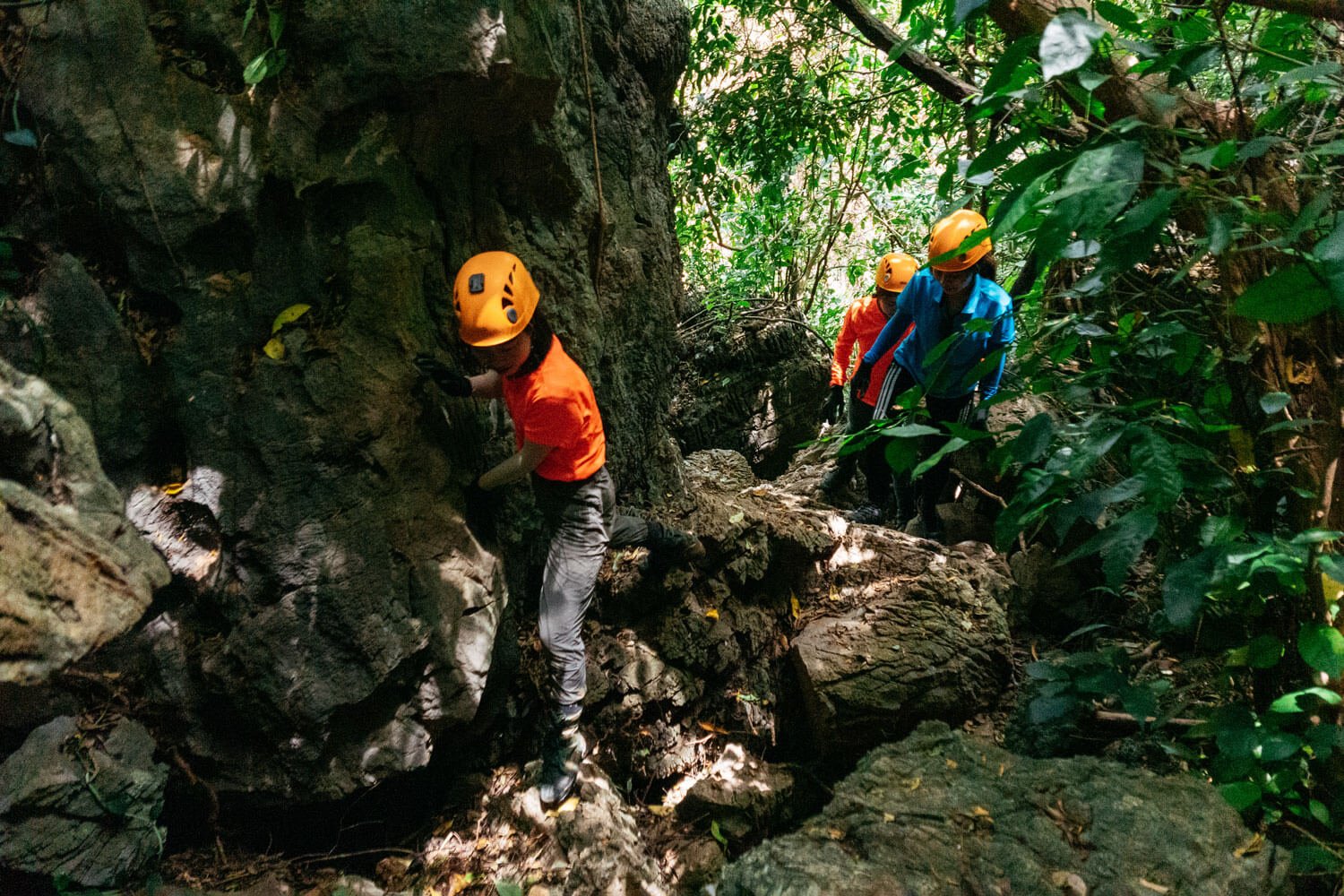
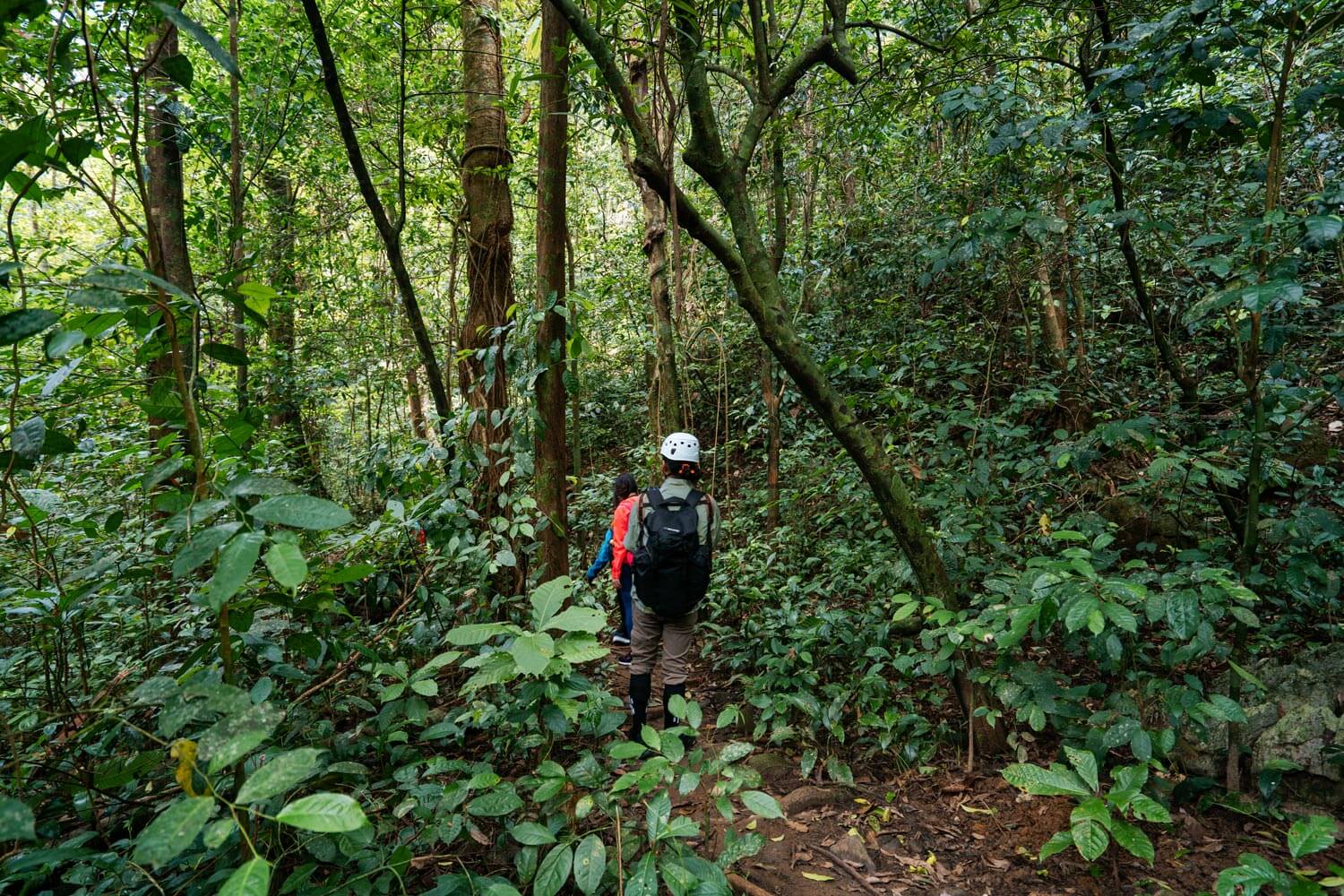
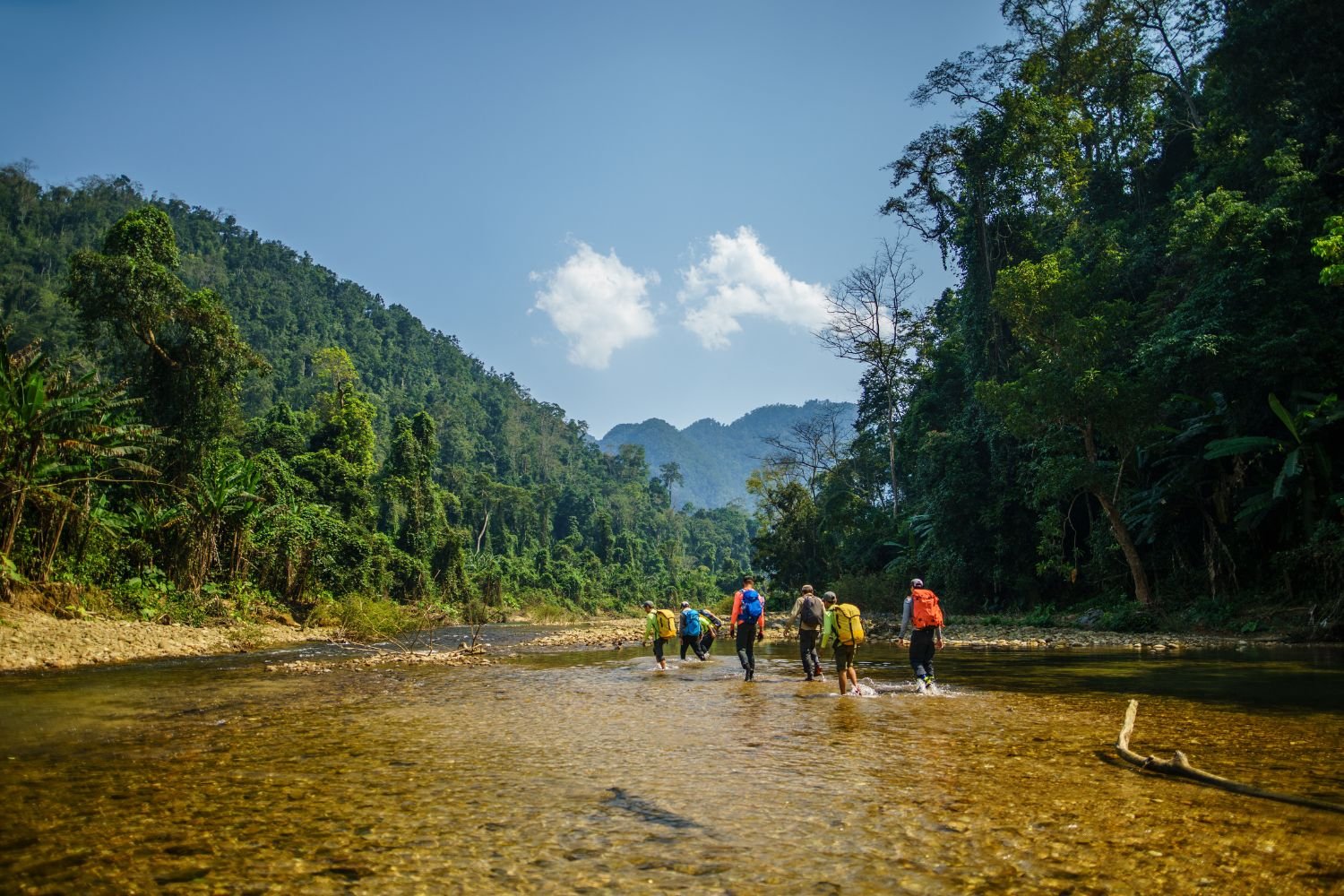
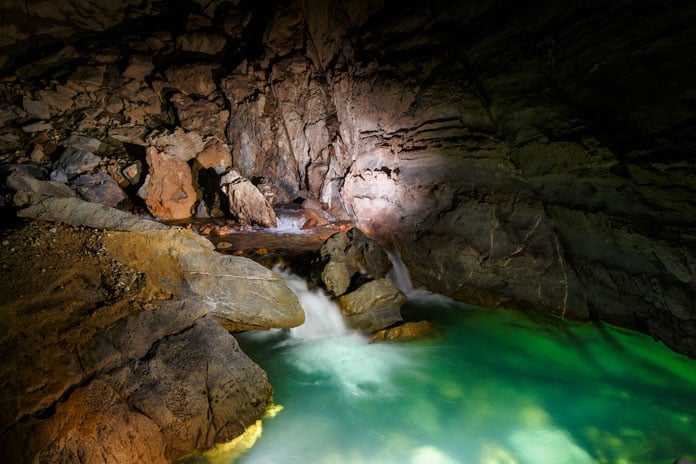
__637740499994967442.jpg)
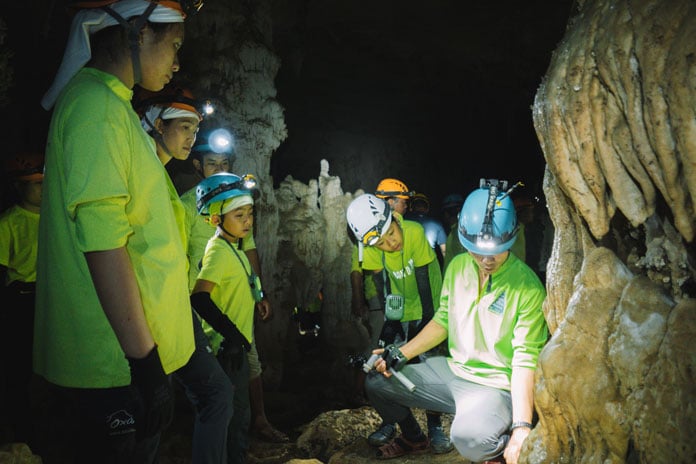
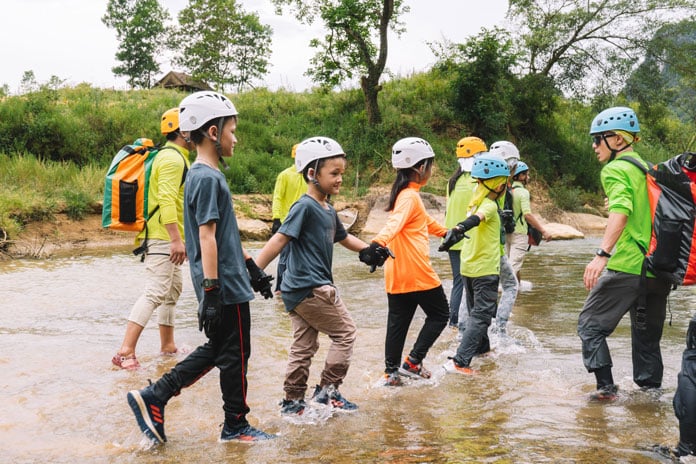
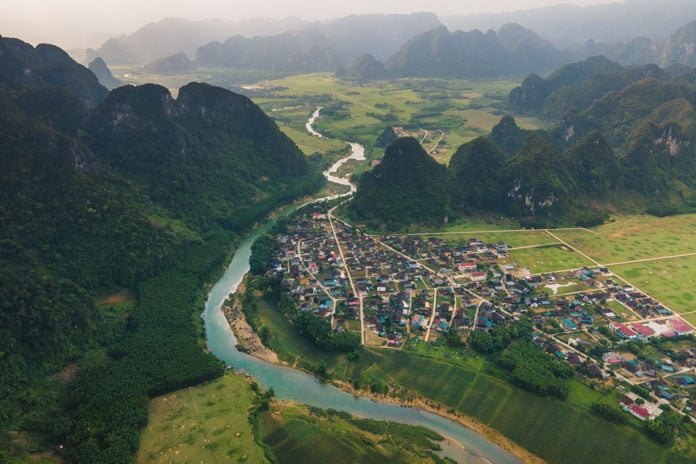
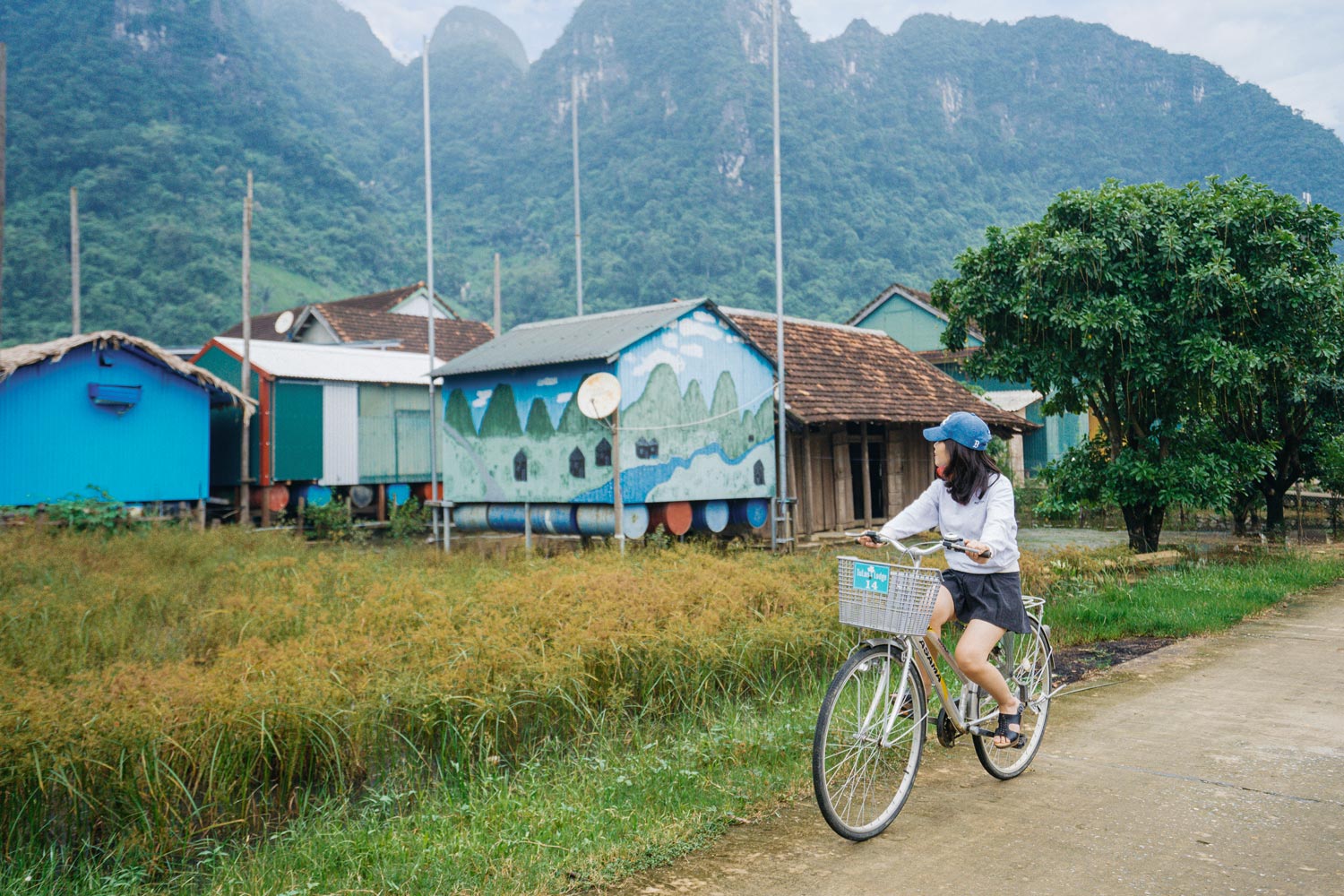
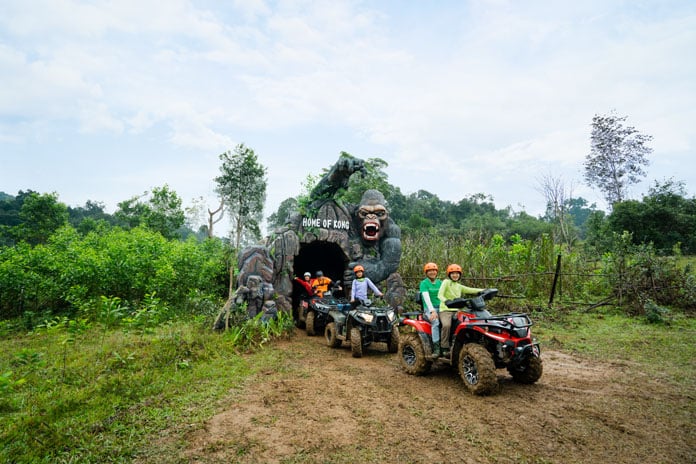
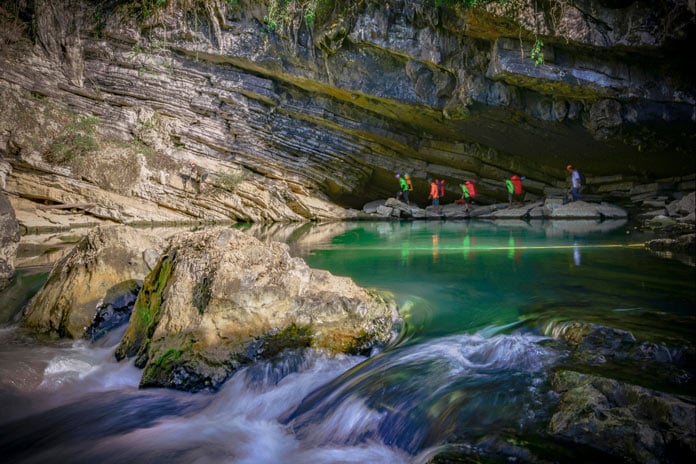
__637051767008903435.jpg)
__637051765075307793.jpg)
__637051774329206026.jpg)
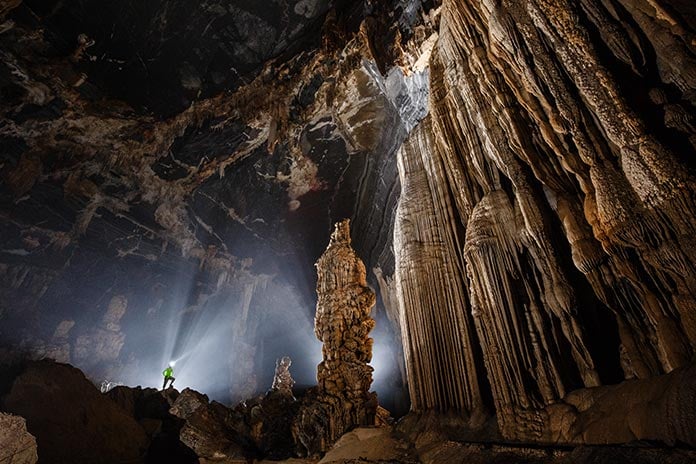
__637051782550081035.jpg)
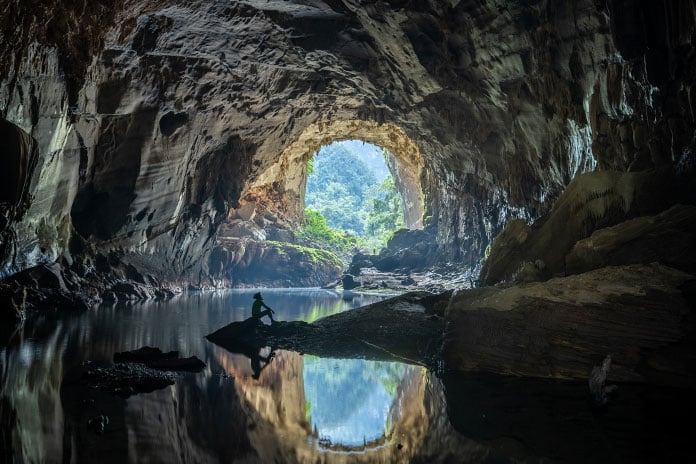
__637051777074859032.jpg)
__637051780703588520.jpg)
__637051781488596056.jpg)